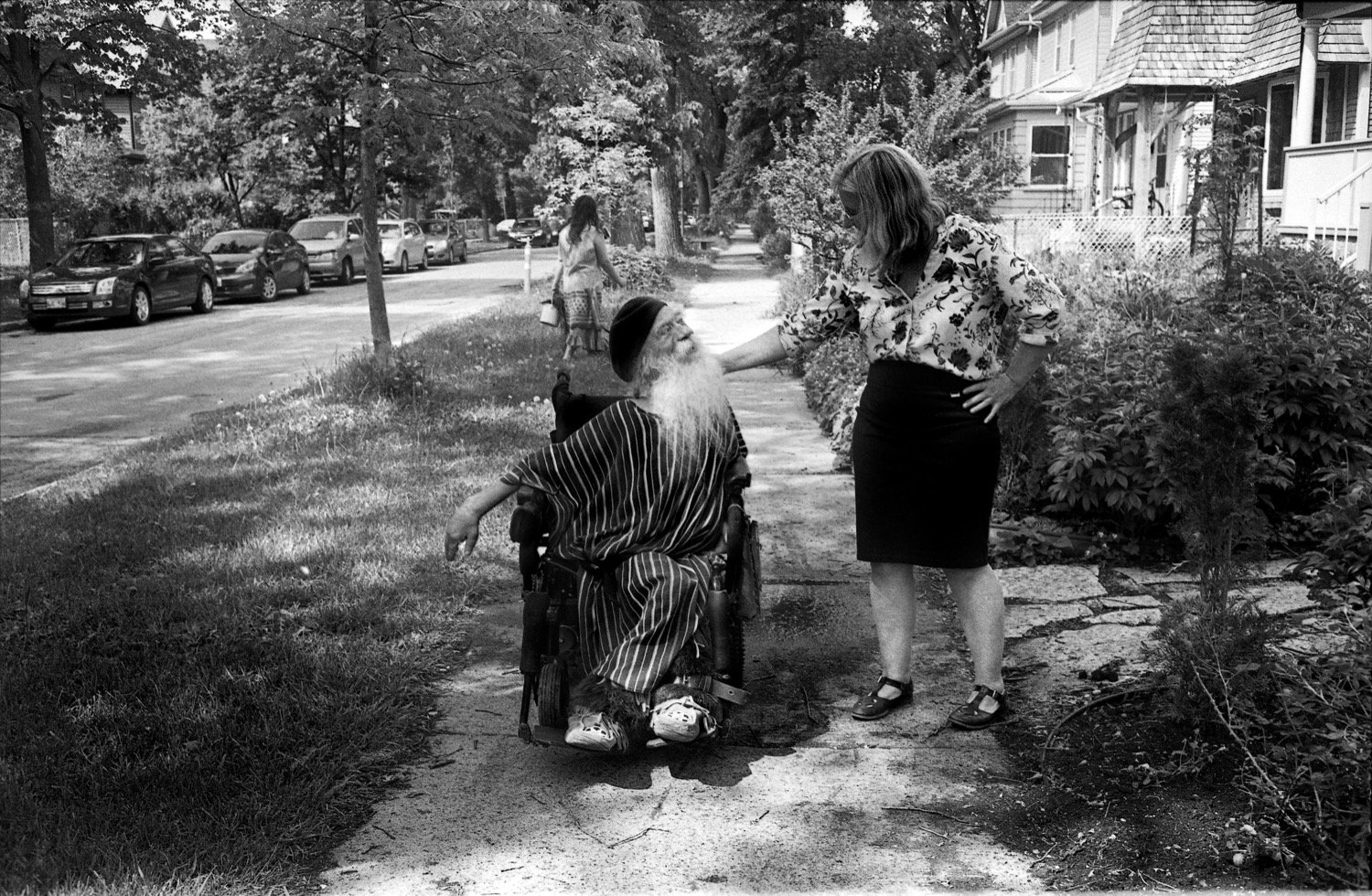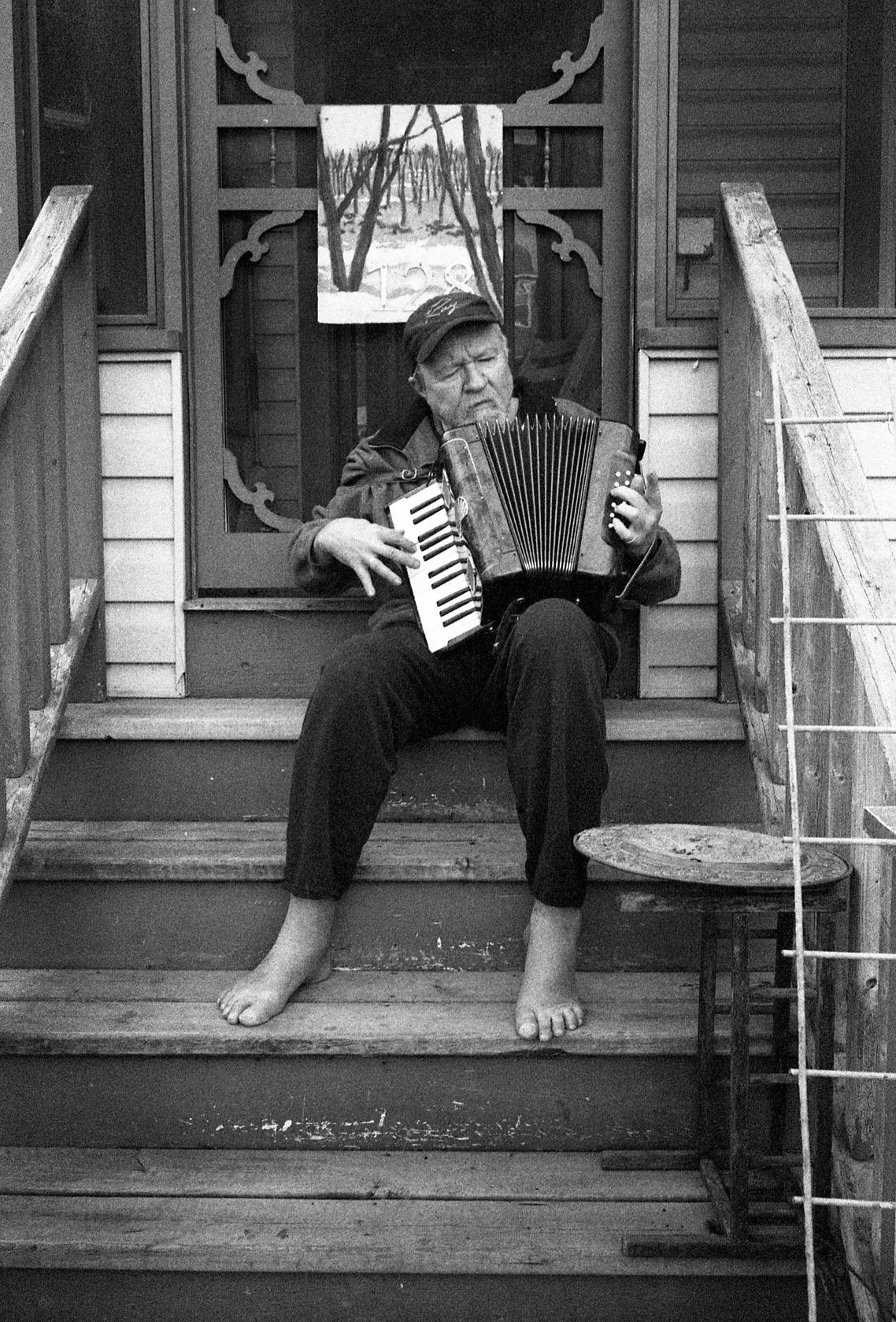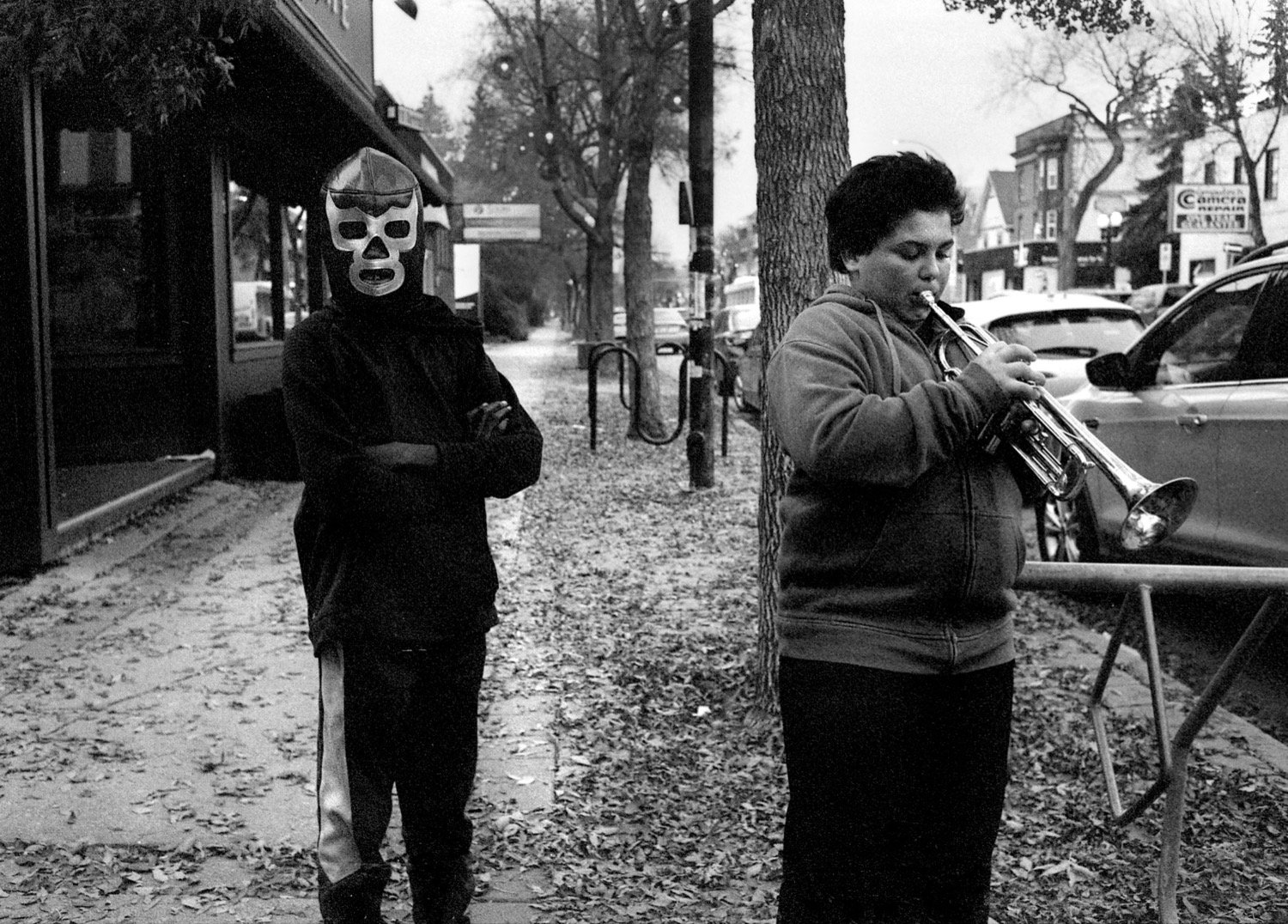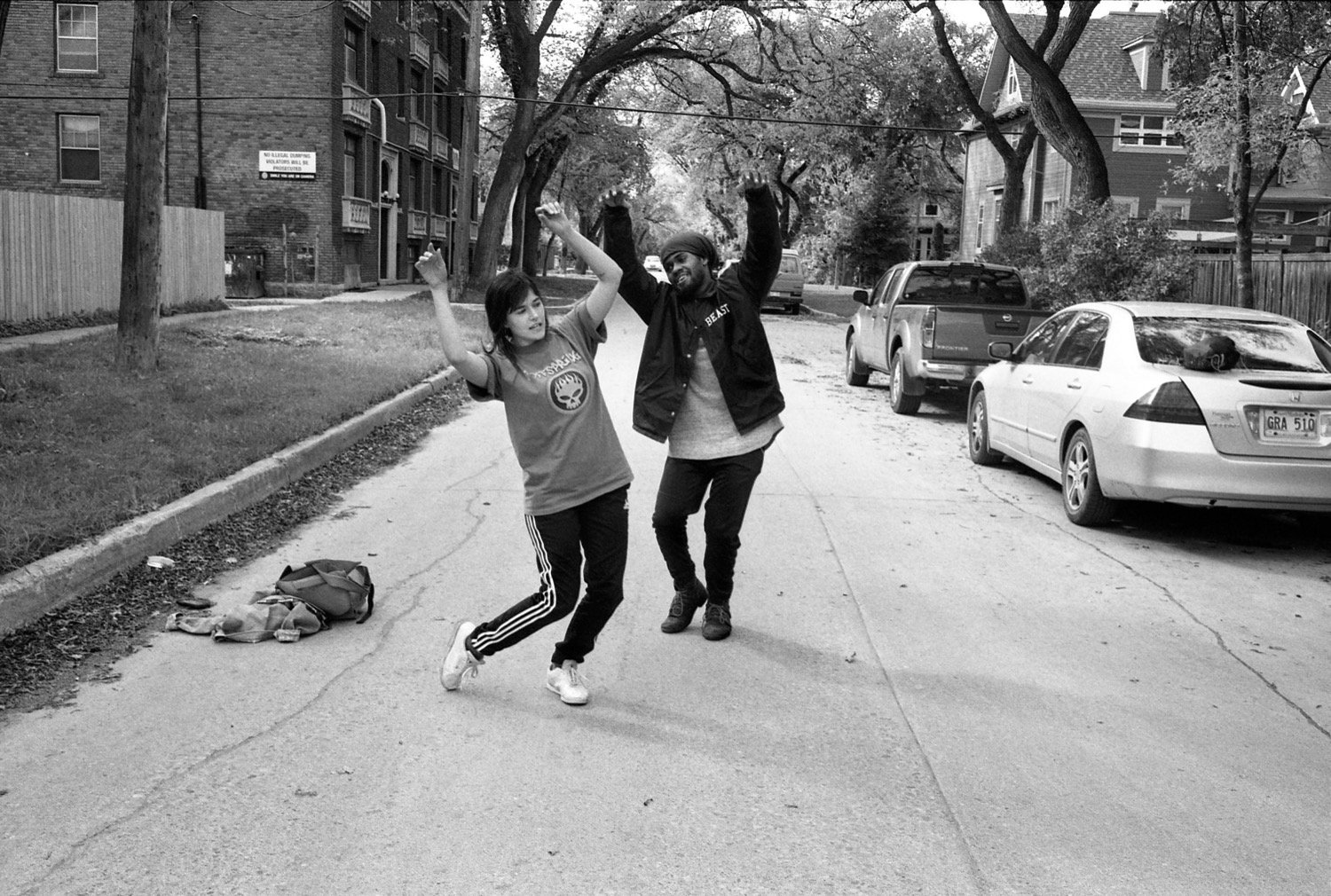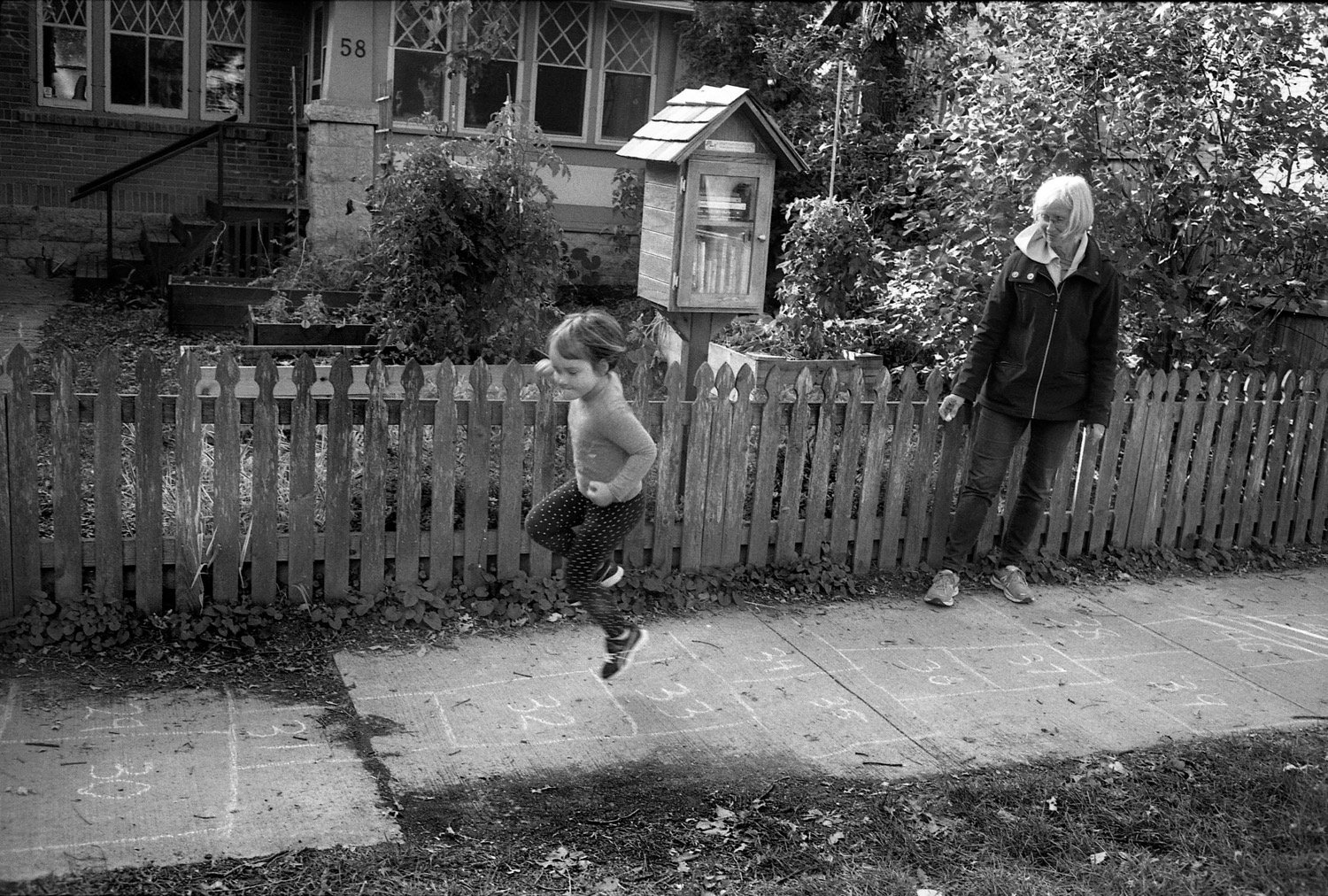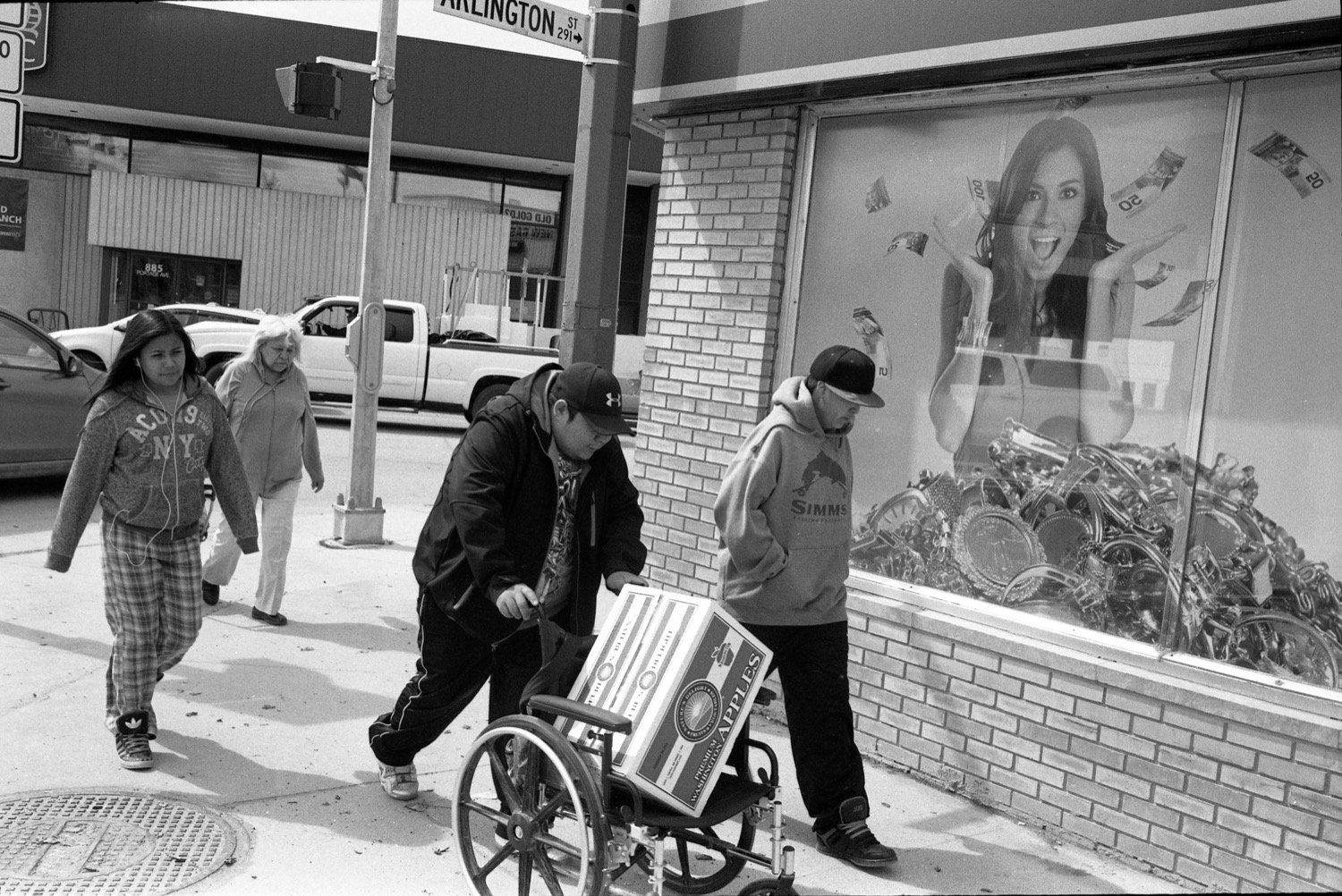With the Victoria Day long weekend here, it seems a good time to share a few images I came across randomly while (trying) to organize my sheets of negatives and contact sheets from the past decade or two.
The Victoria Day weekend is sort of the unofficial start to summer and after the kind of winters we usually get in this part of the continent it’s one that means a lot to Canadians. When I was living and working in Brandon another hallmark of summer was the annual Summer Fair and especially the carnival midway.
It was a pretty terrific place to be a photographer, as you’d see a wide variety of humanity parading before you, all complete un-self conscious and not terribly concerned with a photographer. In other words, an ideal place to do street photography and (beyond that) the classic ideal of the ‘flaneur’ . I always found it a wonderful place to people-watch in a setting where a lot of the closed guardedness of daily life would fall away and people could just have fun.
The pictures shared here today were taken on medium-format film on a Hasselblad camera - not the most ideal set-up for street photography but one I’d used before in travelling to Nepal - I wanted these pictures, taken around 2014, to stand apart from the usual newspaper coverage or even street photography type of images. I set out to try photograph what it felt like to go to the carnival, in a slightly different way - a detached yet empathetic observer.
I’d love to hear your thoughts! I’ve enabled comments on this post, or head over to my account on Instagram or Foto and share there.












